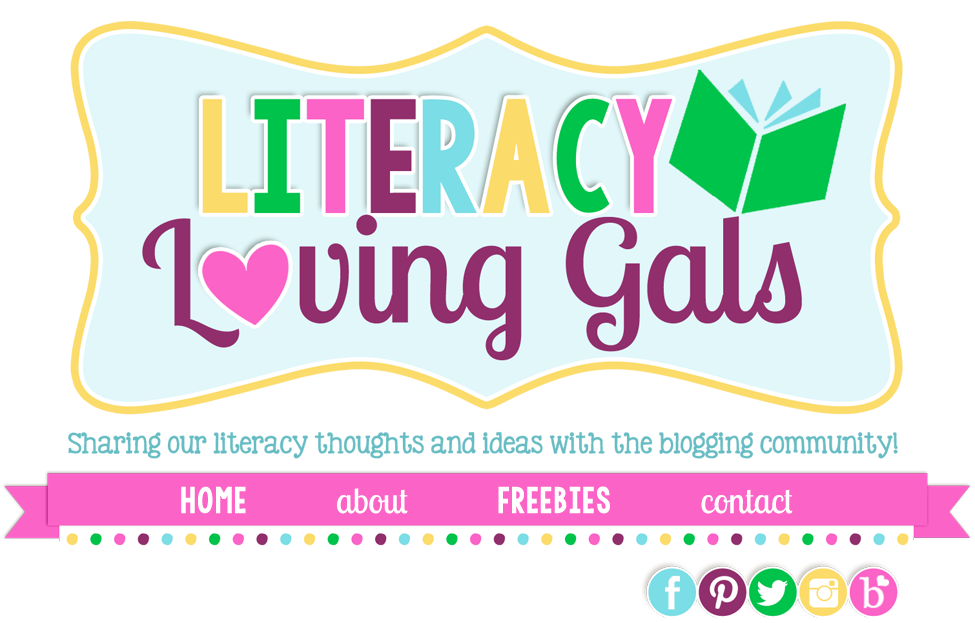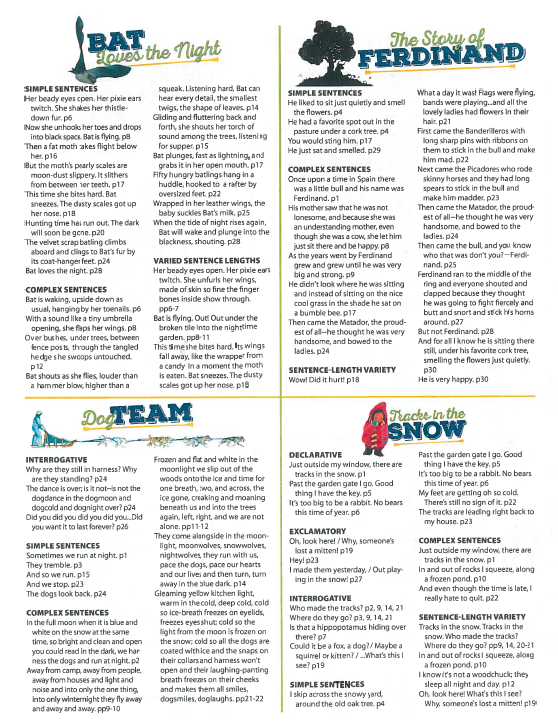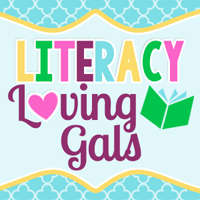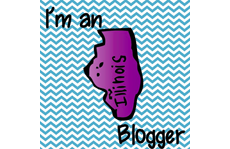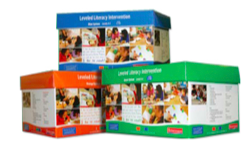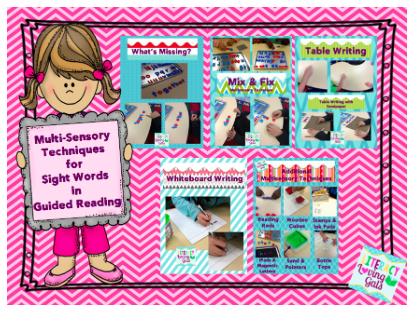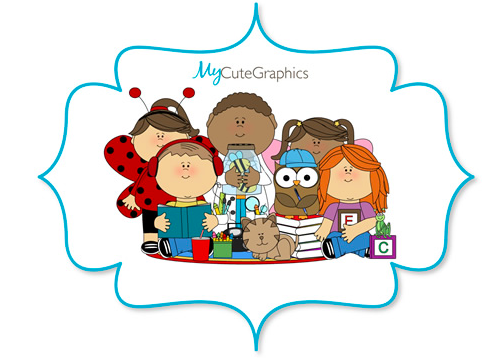Welcome to the last post in the Smekens Literacy Retreat mini-series. I learned so much at the retreat this past summer and truly hope I have the opportunity to attend each year. The presenters were knowledgeable and entertaining, while the giveaways were impressive. I won a vocabulary board game for my students and was given tons of amazing and useful freebies for my classroom. I can't say enough great things about Smekens. In case you missed the previous posts in this mini-series, click HERE or choose a particular session below. :)
- Achieving Complex Thinking During Reading
- Executing Complex Tasks After Reading
- Building Stronger Beginnings and Endings
- Teaching Academic Vocabulary with Six Interactive Strategies
- Differentiating to Support English Language Learners
- Inferring Ideas from Visuals & Multimodal Texts
- Revitalizing the Writing Process
- Using Mentor Texts to Teach Sentence Variety
Before I jump into using mentor texts to teach sentence variety, I wanted to share my excitement. I recently attended and presented at the Illinois Reading Council Conference in Peoria and bumped into Krista Smekens, the presenter from the Smekens Literacy Retreat! What a nice surprise. She's so fabulous! :)
Session 8: Using Mentor Texts to Teach Sentence Variety
The number one reason a text is deemed complex is its length and structure of sentences, not its ideas, so finding mentor texts to teach sentence variety is the first step. Krista Smekens stated, "Anything you can use and learn from are considered mentor texts. So many books have a voice or style that is helpful to teach concepts, especially sentence variety." The book The Writing Thief by Ruth Culham was recommended at the retreat.
It provides insight into the specific skills needed to attain sentence variety, the contributors that make sentences just plain *sound better* to the reader, over 90 titles of excellent mentor texts and activity ideas to incorporate the traits of writing across narrative and informational types of writing.
After the discussion of The Writing Thief, a group of helpers began walking around to the tables dropping off a blue package marked *DO NOT Open~ We'll tell you when..." to each of the attendees. Oooh, I must say we were all very intrigued and couldn't wait to break the seal on the package. ;)
Once we were able to open the package, we found the *Top Four* recommended mentor texts to help teach students about sentence variety. Curious? Drumroll, please...They are: Bats Love the Night,
Dogteam,
The Story of Ferdinand and Tracks in the Snow. We were given these as freebies. Do you see how fantastically awesome the freebies were at the retreat? Anyway, these four texts help support students in creating well-built sentences and varying sentence patterns.
We then talked about the criteria for what makes a sentence, ways to get students familiar with the different types of sentences, along with a few mini-lesson ideas, and overall sentence fluency, using the four mentor texts above.
Define a Sentence: What is the criteria for a sentence?
It is pertinent for teachers to define the term *sentence* for students. This should always be the first step in the process to learning sentence variety. As you know, a sentence has a subject and a verb and is a complete thought. This is not obvious to students! Students need to learn how to strip a sentence down to its core~ the subject and the verb. It is crucial for students to know just because words are grouped together in a book doesn't mean it is a complete sentence. Teachers should also clarify for students what a complete thought looks like.
Ways to Get Students Familiar With Different Types of Sentences:
Below are some ideas for students to practice becoming familiar with the different types of sentences. The suggested mentor texts for the introduction of a defining a sentence are Dogteam and Bats Love the Night.
- Two-Word Sentence Search: As a follow-up activity to Sentence Smackdown, have the students go on a two-word sentence search. Create an anchor chart of subject/verb sentences that have passed the Sentence Smackdown, which means sentences that have a subject and verb. Note from the presenter: Exclude dialogue from the hunt, but don't limit the search to literature/fiction.
- Comma Woes: After students practice with more simplistic sentences, teachers should then begin to explicitly teach the use of commas in sentences. There are 20 different applications for the use of commas in sentences.
The presenter commented, "Although students learned what a sentence was in the primary grades, as they get older, they tend to regress." Jeff Anderson, the author of Mechanically Inclined: Building Grammar, Usage and Style in the Writer's Workshop, attributes this to the fact their writing skills aren't keeping up with their growing ability to express more complex thoughts. He claims, "This explains why so many write run-on sentences. And for those trying to utilize the comma, they often misuse it."
Varied Sentence Length: As readers, we need sentence lengths to vary. Writing expert, Ralph Fletcher, says "Without it writing is a mind-numbing sameness. When sentences are all approximately the same length, it dulls the reader's senses." So, to get students to practice writing sentences of varying lengths, try the activity below.
- Wooden Block Towers: Have students build *tower sentences*. If the tower crashes, it's most likely a run-on sentence. Ask the students, "Are your towers different sizes?"
- The Slinky Test: Students can assess the variety of sentence usage in a piece of writing by extending and shortening a slinky while reading their sentences. The point is to have a compressed Slinky and a stretched Slinky to show sentence variety. Warning: Unless you explicitly teach students not to play with the slinky, this may be better for more mature kids. However, I'm here to tell you, my 2nd and 3rd grade students composed sentences in their writing journals and took The Slinky Test with no issues. :)
Mini-Lesson Ideas:
Take the time to discuss with students the appropriate writing situations when they should use exclamation points, onomatopoeia, an excited or angry voice, etc., and then let kids experience punctuation!
- Punctuation Walk-About: Have students adjust their physical body to *hear* punctuation. Boys especially love this activity! It helps with self-editing as well.
- Punctuation Clap-About: The goal is for students to put the correct punctuation in the first draft. Have them *act out* their sentences.
Now let's move on to overall sentence fluency. This is all about teaching students to craft sentences to fit a particular writing purpose and to *break the rules* for impact. Here are some examples of rule breakers:
- Intentional fragments to show panic, emphasize a phrase or reiterate something
- One-word sentences, such as abrupt interjections, onomatopoeia, periods between every word to force the reader to notice every word
- And & But beginnings to show important contrasts or connections and to avoid confusion.
Narrative Sentence Fluency:
When students have mastered what a sentence is, it becomes about the undercurrent of the message. Sentence length impacts the mood!
If the author is trying to convey something urgent, sentences are short and quick. Teach students to break up a long sentence into short, quick sentences. Prompt them with, "Which one sounds better?", "How does it sound?" Examples are below.
Then, do the opposite and have students fine fast-intense-urgent sentences and make them longer to create a slow-calm-relaxed feeling for the reader.
Informative Sentence Fluency:
Because sentence length impacts the message, students need to use longer sentences to explain ideas and shorter sentences to grab the reader's attention. There are good examples in the text Bats Love the Night.
Here are some tips shared at the retreat:
Finally, introduce dialogue because, when students write stories, those characters are going to start talking. Teach students to use fragmented phrases in dialogue. According to Smekens, it is what happens in real life. That's usually how we speak when having conversations with friends. Try having students use speech bubbles to practice dialogue at first, then move on to quotation marks within a piece of writing. Ever heard of WigFlip online speech bubbles? If not, take a peek.
Dictation Apps and Websites:
If you're looking to enhance your mini-lessons with additional tech ideas, the following suggestions were discussed as being useful. I am only familiar with Dragon Dictation and have yet to look into the other resources, but I will! :)
- Dragon Dictation App (tutorial HERE) or dictation.io (tutorial HERE) allows students to dictate a story. Text appears but no punctuation, unless students say aloud what punctuation they need. For example, nowadays, you can text message someone with audio commands, but in order to have question marks, you need to say "question mark" after your questions. Have kids practice placing punctuation in their text.
- Voice Assistant App: This is similar to Dragon Dictation. Click HERE for more information.
- www.grammar-monster.com was recommended for upper elementary students. According to Smekens, this site provides online practice to support students in finding stand-alone sentences and allows them to view highlighted independent clauses with the dependent clauses left blank.
Well, that's all for now! I hope you found the information in this post useful. Enjoy!
